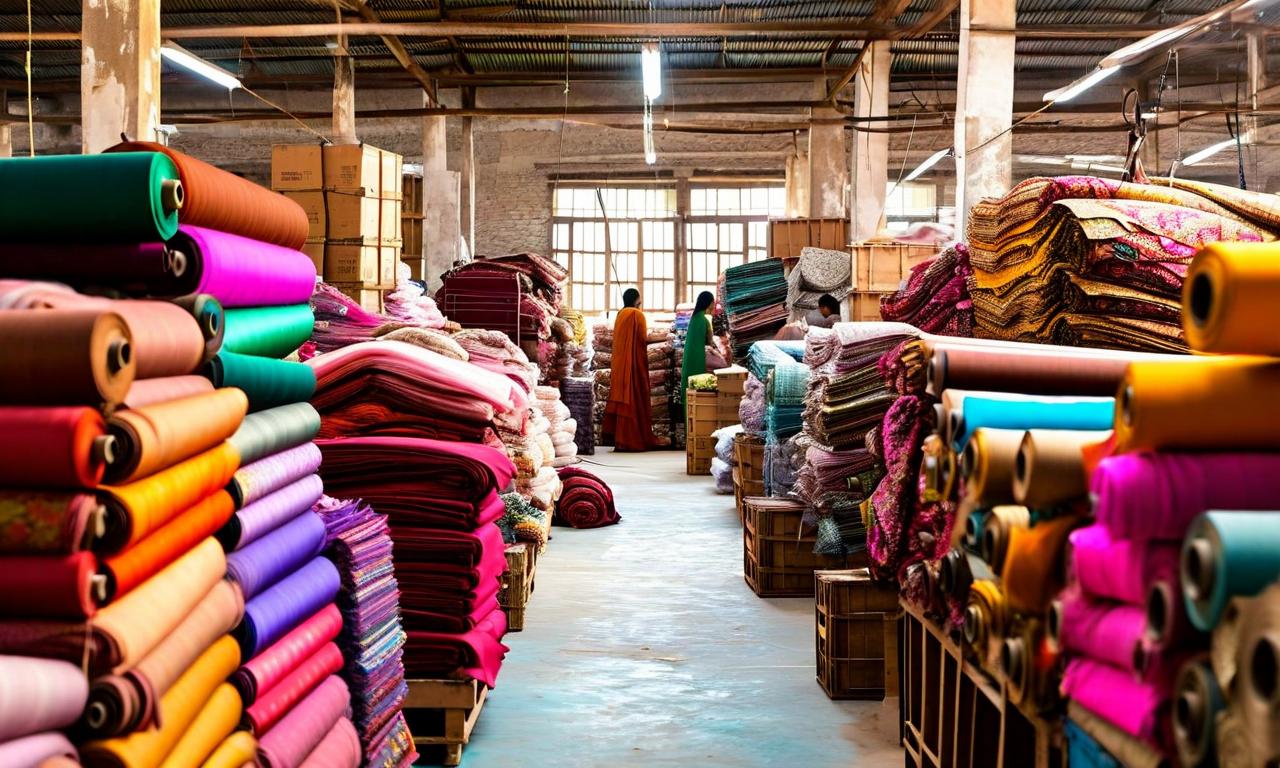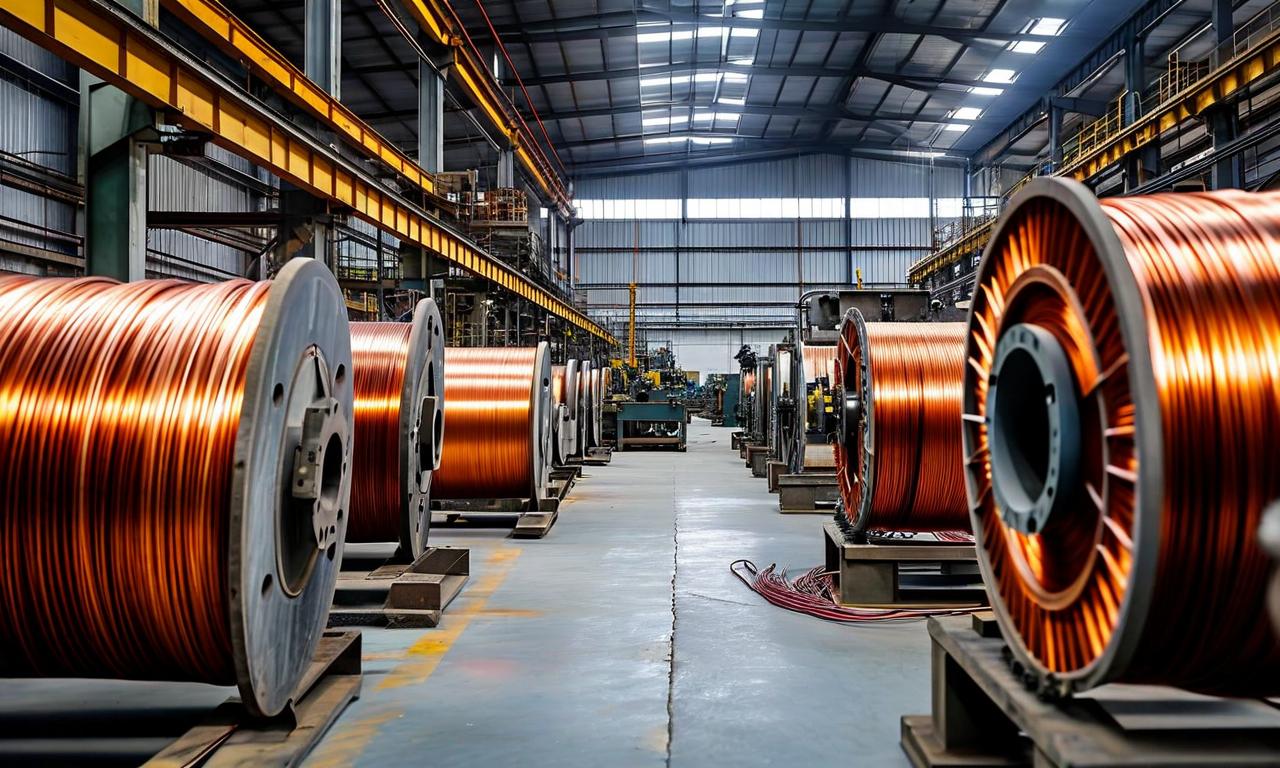Indian Textile Exporters Brace for Impact as US Doubles Tariffs
The US has imposed an additional 25% tariff on imports from India, effectively doubling the duty to 50% on several Indian goods. This move significantly impacts labor-intensive sectors, particularly textiles, leather, footwear, and gems and jewelry. The textile sector, which exports 28% of its products to the US, is especially vulnerable. Companies like Welspun Living, Indo Count, Gokaldas Exports, and Pearl Global Industries, with high US exposure, face major challenges. The increased tariffs put Indian exporters at a disadvantage compared to competitors from countries with lower tariff rates. Textile companies are negotiating with retailers and brands to mitigate the impact, with some having shipped higher volumes preemptively. The high tariff rate is expected to lead to volume losses and margin pressures for Indian exporters.

*this image is generated using AI for illustrative purposes only.
The Indian textile industry faces a significant challenge as the United States imposes an additional 25% tariff on imports from India, effectively doubling the duty on several Indian goods to 50%. This move by the US administration is expected to have far-reaching consequences for labor-intensive sectors, particularly textiles, leather, footwear, and gems and jewelry.
Tariff Hike Details
The new tariff comes on top of an existing 25% reciprocal tariff that has been in force since August 1. The cumulative 50% duty is poised to severely impact the competitiveness of Indian exports in the US market, which is a crucial destination for many Indian industries.
Impact on Textile Sector
The textile sector, which exports 28% of its products to the US market, is particularly vulnerable to these tariff hikes. Several Indian textile exporters with high US exposure are expected to face significant challenges:
- Welspun Living (60% US exposure)
- Indo Count (70% US exposure)
- Gokaldas Exports (70% US exposure)
- Pearl Global Industries (60% US exposure)
Competitive Pressures
The increased tariffs put Indian exporters at a disadvantage compared to competitors from countries with lower tariff rates, such as:
- Vietnam
- Bangladesh
- China
- Sri Lanka
- Cambodia
This disparity in tariff rates is likely to intensify competition and potentially lead to a loss of market share for Indian exporters.
Industry Response
Textile companies are actively responding to this challenge. Many are negotiating with retailers and brands to mitigate the impact of the tariffs. Some exporters have taken preemptive action by shipping higher volumes before the implementation of the additional tariff.
Economic Implications
The high tariff rate is expected to have two primary effects on Indian exporters:
- Volume losses
- Margin pressures
These effects are particularly concerning because the cost of switching to other countries is relatively low for these sectors, making it easier for US buyers to seek alternative suppliers.
Broader Impact on Indian Exports
India's total merchandise exports to the US amount to $48.20 billion. While the tariffs affect a significant portion of this trade, certain categories remain exempt, including:
- Pharmaceuticals
- Semiconductors
- iPhones
Conclusion
The doubling of tariffs on Indian goods by the US poses a significant challenge to the Indian textile industry and other labor-intensive sectors. As companies scramble to adapt to this new reality, the coming months will be crucial in determining the long-term impact on India's export competitiveness in the US market. The situation underscores the need for diversification of export markets and potentially calls for diplomatic efforts to address trade imbalances and tariff structures.





























